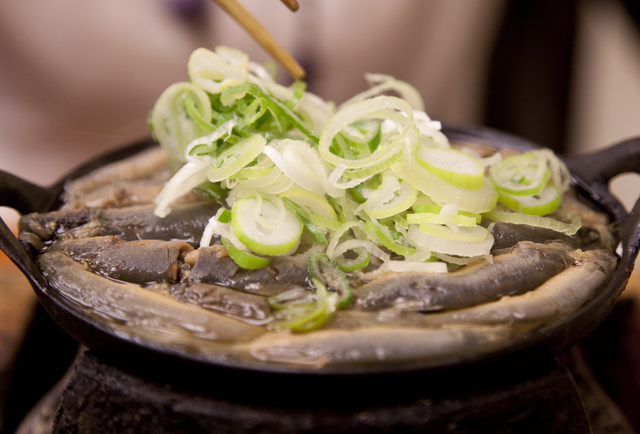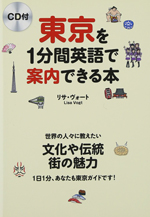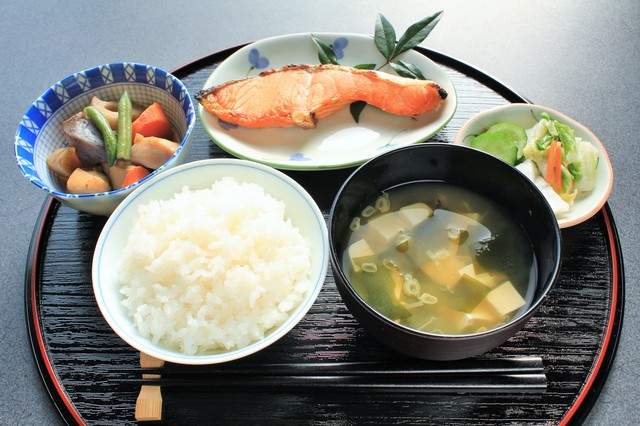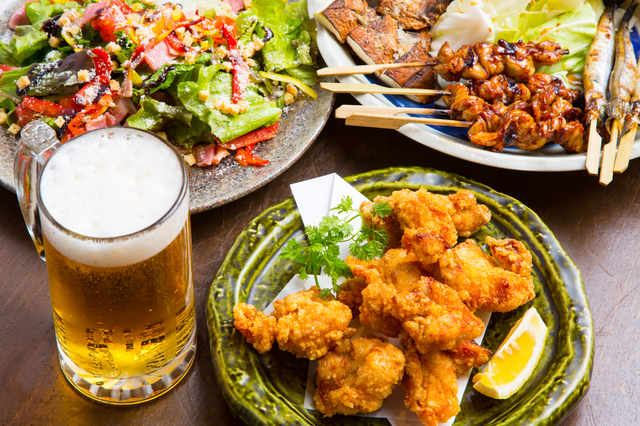 2020年に向けて、ますます増え続けるであろう外国人観光客。彼らを「おもてなし」するツール、それが英語です。
2020年に向けて、ますます増え続けるであろう外国人観光客。彼らを「おもてなし」するツール、それが英語です。
東京をガイドする英文を紹介する本書『東京を1分間英語で案内できる本』で、あなたも知的に、楽しく「英語で東京案内」してみませんか?
※この記事は『東京を1分間英語で案内できる本』(リサ・ヴォート/KADOKAWA)からの抜粋です。
◇◇◇
前の記事「1分間英語でTokyo案内「東京と大阪の桜餅の違いは?」(36)」はこちら。
ドジョウ鍋
Local specialty 4 -Dojou(Loaches)
One of the oldest still-in-business restaurants in Tokyo opened it's sliding doors for business back in 1801. The restaurant, Komagata Dozeu, serves pond loach, an eel-like freshwater fish.
It can be eaten in many ways―deep fried,grilled on a skewer, or most commonly, in a hot pot. Dojou, or loaches, are soaked in sake then put inside a hot pot alive. They naturally make a commotion at first, but soon quiet down shortly afterwards. Remove the hotpot lid and it's time to eat!
~覚えておきたい語句・表現~
loach ...... ドジョウ
still-in-business ...... 現在も営業している
sliding doors ...... 引き戸
serve ...... (食べ物)を提供している
eel ...... ウナギ
skewer ...... 串
hot pot ...... 鍋料理、煮込み料理
soak ...... ~を漬ける
alive ...... 生きたまま
commotion ...... 騒ぎ
lid ...... ふた
【和訳】
東京で今も営業している老舗の1つが開店したのは、1801 年のことです。この店、「駒形どぜう」が出しているのは、ウナギに似た淡水魚のドジョウです。
調理方法はたくさんあり、揚げたり、串焼きにしたりする方法もありますが、一番多いのは土鍋料理です。ドジョウを日本酒に漬け込み、熱い土鍋の中に生きたまま入れます。ドジョウは当然のことながら最初は暴れますが、その後すぐに静かになります。すぐに土鍋のふたを外せば食べ頃です。
★ワンポイント解説
素材を生きたまま食べたり、調理したりする料理は日本にたくさんあります。エビの踊り食いや刺身の活き造りは有名ですよね。
【会話で東京案内】
A:Does the fish we order come out of that aquarium next to the entrance?
私たちが注文する魚は、入り口の横の水槽から来るの?
B:Probably.
たぶんね。
A:Well, it will be fresh but I'm not sure I can enjoy it after seeing it swimming around right before my eyes a short while ago.
じゃあ、活きがいいんだね。でも少し前に目の前で泳いでいるのを見た後だと、おいしく食べられるかどうかわからないな。
B:I know what you mean.
気持ちはわかるよ。
次の記事「1分間英語でtokyo案内「東京と関西の「つゆ」の違い」(38)」はこちら。





